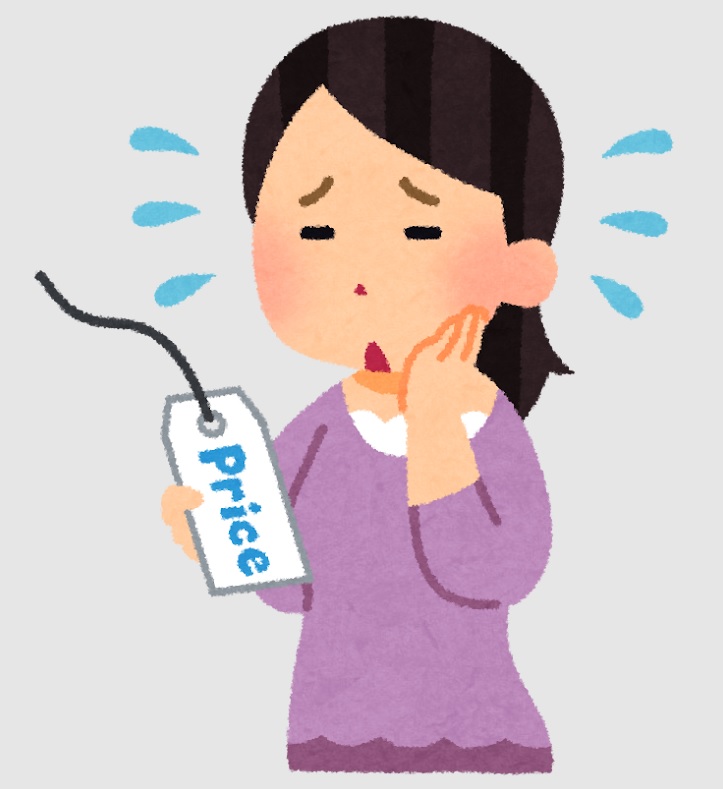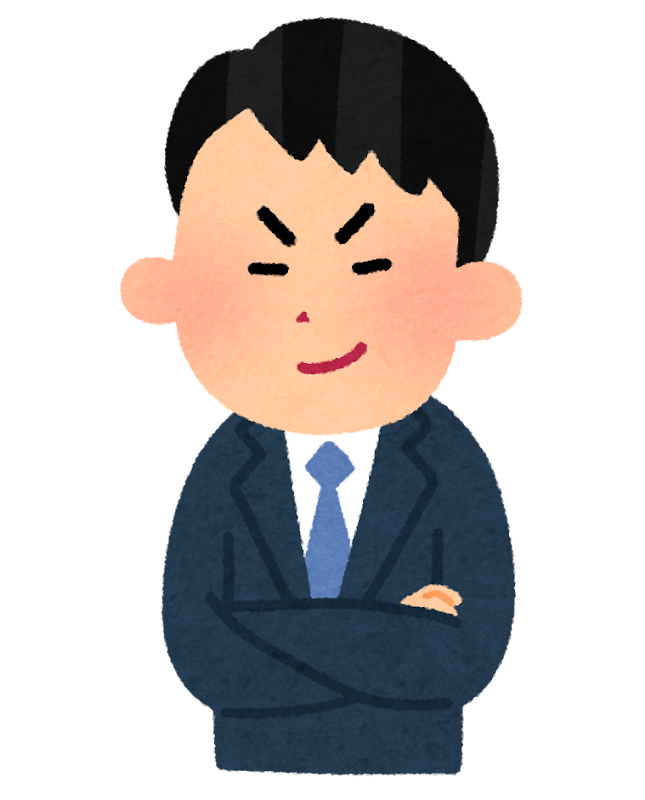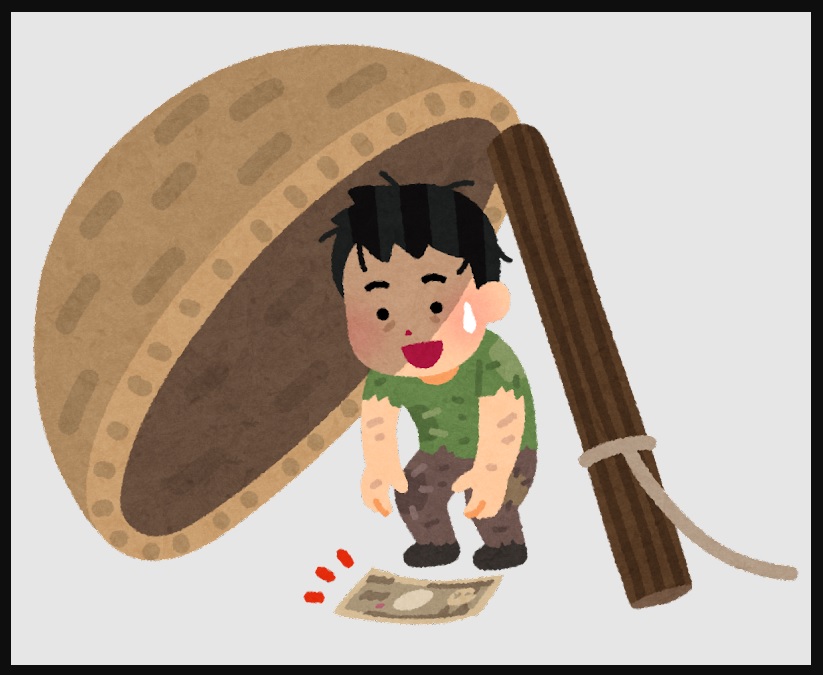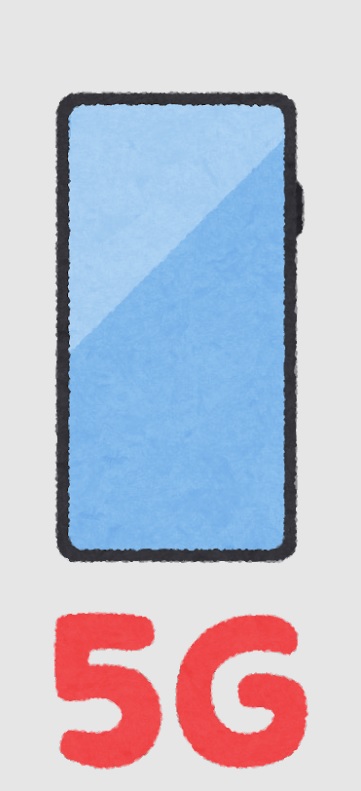「分割の罠|毎月の支出を見直してお金が貯まる第一歩を踏み出そう!」
今日は【貯める力】
○○料金が一番とっかかりやすい
というお話をします。
●分割の罠~一括だと高いのに、月額だと気にならない~

支出の大きなところから
抑えたいのですが
固定費について
敏感になってほしい。
例1)
6万円の買い物をする。
モノにもよるかと思いますが

と思うかもしれません。
例2)
月額5千円の支出

って思っちゃうかもしれません。
固定費になって
金額が小さくなると
毎月の支払いに対して
感覚が違って感じてしまいがちです。
1年で見たら
例1.例2は同じ支出なんです。
一括で60,000円払うとなると
躊躇してしまう。
なのに
月額の5,000円であれば
そうでもない。

『分割の罠』です。
数百円となると
尚更小さく感じてしまいがち。
人は割とそんなに注視しません。
ただ今後
固定費というのが
すごく大事になってきます。
どうしてもここは
抑えていかないといけません。
一括で払うものより
何より固定費に敏感になってほしい。
大きな支出を見直していく中で
・家
・保険
・車
が一番大きいと
前回お話ししました。
そこに行く前に
今回はもっと身近な

月々の携帯料金のお話しを
していきたいと思います。
何故かというと
携帯料金が一番とっかかりやすい
からです。
家や保険は
色々勉強する必要があります。
携帯電話は
誰しもが持っていて
取り組みやすい。
●3大キャリアを続ける理由が見つからない~格安SIMに変えない理由、ありますか?~

大手3キャリアを契約していると
割高なんですね。
携帯料金は
大体一台あたり
大手3キャリア
・docomo
・au
・ソフトバンク
の場合
6,000〜10,000円掛かっています。
3キャリアを使っている人というのは
自分の携帯料金を
一度チェックしてみて欲しい。
この3キャリアを使っている人が
今回のお話しに該当します。
もう既に
格安SIMを使っているようでしたら
今回は対象外です。
もう変更済みであれば
以下は読み飛ばしてOKです。
〜〜〜つづく〜〜〜
Special Thanks college president Ryo.

●おまけ
≪≪perplexityちゃんによる文章まとめ≫≫
「貯める力」を身につけるためには、まず毎月の固定費に敏感になることが大切です。
特に、月額料金などの分割払いは金額が小さいため、つい軽く考えがちですが、年間で見ると大きな出費になります。
例えば、月5,000円の支出も1年で6万円となり、一括で払う場合よりも負担感が薄れがちです。
これが「分割の罠」です。支出を見直す際には、家や保険、車などの大きな固定費も重要ですが、まずは手軽に始められる携帯料金の見直しがおすすめです。
大手3キャリア(docomo、au、ソフトバンク)は月6,000~10,000円と高額になりやすいため、格安SIMへの乗り換えを検討することで、無理なく支出を抑えることができます。
日々の小さな固定費の見直しが、将来の貯蓄につながります。
Citations:
[1] https://my-best.com/10175
[2] https://kakaku.com/mobile_data/sim/ranking.asp
[3] https://getnavi.jp/internet/607088/
[4] https://pixela.co.jp/mobiledash/cheap-sim-1gb/
[5] https://kakuyasu-sim.jp
[6] https://www.iid.co.jp/contents-Internet/kakuyasu-sim-recommend-85220/
[7] https://all-connect.co.jp/magazine/kakuyasu-sim-recommendation/
[8] https://digital-plus.co.jp/mobile/hikaku-ranking/
≪≪Chat-GPTくんによる英訳≫≫
Today’s Topic: The Power of Saving
Let’s talk about how reviewing your monthly fees can be one of the easiest first steps to build saving habits.
—
【The Installment Trap – One-Time Payments Feel Expensive, But Monthly Fees Don’t】
When trying to reduce spending, we often want to start with the biggest expenses.
But more than that, we need to become sensitive to fixed costs.
—
Example 1:
You’re about to make a ¥60,000 purchase.
Depending on the item, you might think:
> “That’s kind of expensive…”
—
Example 2:
You’re paying ¥5,000 a month for something.
You might think:
> “Eh, it’s not that bad.”
—
When a cost becomes a monthly fixed fee, and the amount seems small,
we tend to lose awareness of how much we’re really spending.
But if you do the math,
¥5,000 a month over 12 months is still ¥60,000 a year—same as the one-time purchase.
A lump sum payment of ¥60,000 feels heavy.
But split into ¥5,000/month, it somehow feels easier to accept.
That’s what we call “The Installment Trap.”
And if it’s just a few hundred yen?
People often pay even less attention.
—
However, going forward,
fixed costs will play a major role in your financial health.
These are the areas where you must gain control.
In fact, being aware of your fixed expenses is even more important
than watching your one-time purchases.
—
We’ve talked before about how your biggest recurring costs are usually:
Housing
Insurance
Car ownership
But today, before diving into those,
let’s focus on something more accessible—your monthly phone bill.
—
Why start there?
Because mobile phone costs are one of the easiest places to begin.
Unlike housing or insurance, which require lots of research and paperwork,
everyone uses a phone, and switching plans is relatively easy.
—
【No Reason to Stick with the Big Three – Is There Any Reason Not to Switch to a Budget SIM?】
If you’re still using one of the three major carriers:
docomo
au
SoftBank
You’re likely paying ¥6,000 to ¥10,000 per phone, per month—
and that’s simply too expensive.
If you are one of those still using a major carrier,
please take a moment to check your current mobile bill.
This message is for you.
If you’ve already switched to a budget SIM,
great—you can skip the rest of this.
Special Thanks OpenAI and Perplexity AI, Inc







